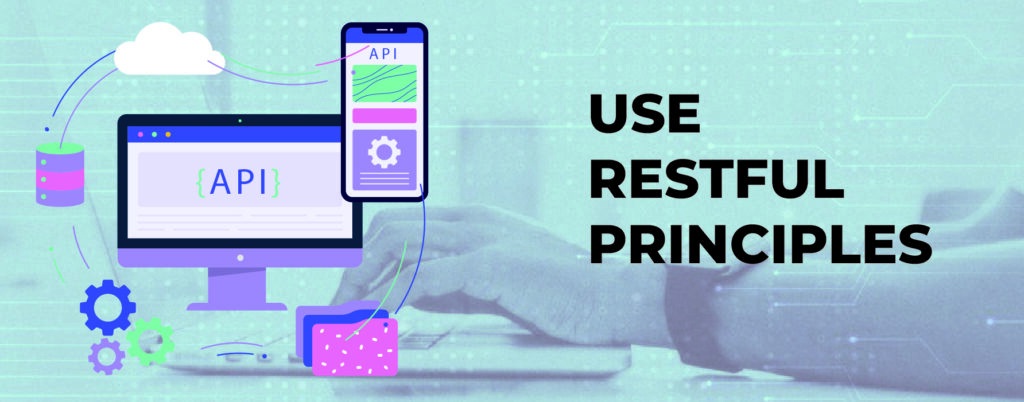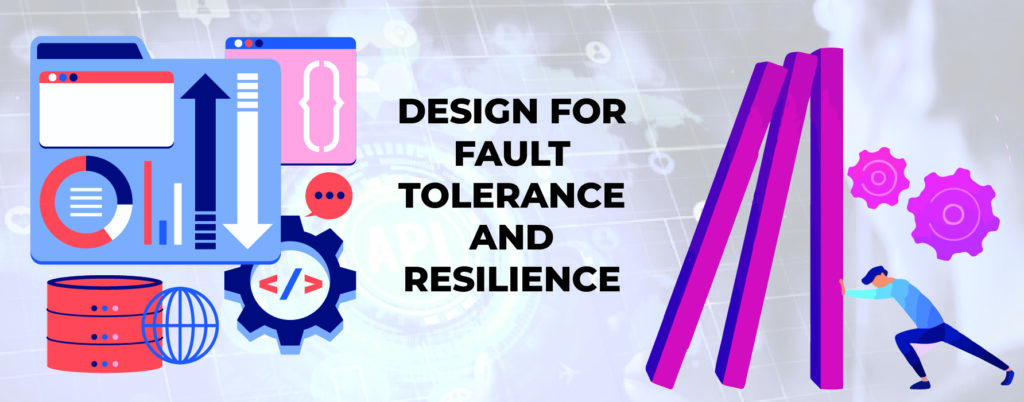
Table of Contents
ToggleStarting the process of expanding your business may be both exciting and terrifying. As your client base grows and your operations get more sophisticated, having a reliable API solution becomes critical. In this article, we’ll look at how to develop a scalable API solution that can adapt to the changing demands of expanding enterprises.
Create your API contract
Before you begin coding, you must first design your API contract, which specifies how your API will interact with customers and other services. Your API contract should specify the endpoints, methods, arguments, headers, status codes, and replies that will be supported by your API. By specifying your API contract, you can assure consistency, clarity, and compatibility across your API components while avoiding breakage.
Using the RESTful principles

The RESTful architecture, or Representational State Transfer, is one of the most popular and frequently accepted techniques to developing APIs. RESTful APIs employ HTTP methods (GET, POST, PUT, DELETE, and so on) to conduct actions on resources (e.g., people, goods, orders) identifiable by unique URLs.
RESTful APIs also adhere to several standard norms, such as utilising JSON or XML as data formats, plural nouns for collections, and query parameters for filtering and sorting. Using RESTful principles, you can make your API simple to understand, use, and integrate.
Implement caching and rate-limiting
Caching and rate limitation are two critical approaches for increasing the speed and availability of your API. Caching is the practice of storing frequently requested or expensive data in a quick and temporary location, such as memory or disc, in order to lessen the burden on your backend servers and databases.
Rate restriction is the technique of restricting the amount of requests that a client or service may make to your API in a certain time frame in order to prevent overloading or abuse. By using caching and rate limiting, you may improve API response time, minimise bandwidth and resource usage, and protect your API from harmful attacks.
Design for fault tolerance and resilience

Fault tolerance and resilience refer to your API’s ability to manage and recover from faults, failures, and interruptions that may occur in your system. These challenges, such as network problems, server crashes, database outages, or third-party service failures, underscore the importance of robust systems and proactive strategies.
To design for fault tolerance and resilience, you should employ strategies such as timeouts and retries to handle transient errors. Use breakers to detect and isolate failing services and monitoring to analyse the performance of your API and its dependencies.
Adopt a microservices architecture
A microservices architecture involves building your API as a collection of tiny, autonomous, and loosely linked services that communicate with one another over well-defined interfaces. Each service is in charge of a given capability or domain and may develop, launch, and grow independently.
Adopting this architecture can provide a number of advantages, including increased scalability and performance by distributing load across multiple services.
Conclusion
In conclusion, designing a scalable API solution is not just about addressing current demands but also about future-proofing your business. By implementing strategies outlined in this blog, you’ll be equipped to navigate seamlessly integrating new technologies for increased user traffic.
1. Define contracts that are explicit and consistent.
2. Create a stateless and idempotent system.
3. Set up caching and pagination.
4. Use asynchronous and event-driven communication.
5. Implement microservices and cloud-native architectures.
Scalability is the key to long-term success for API-driven apps. It has a direct impact on an application’s ability to grow in parallel with its user base and the market’s shifting expectations. Scalable APIs allow programmes to efficiently handle rising traffic and data processing requirements.





